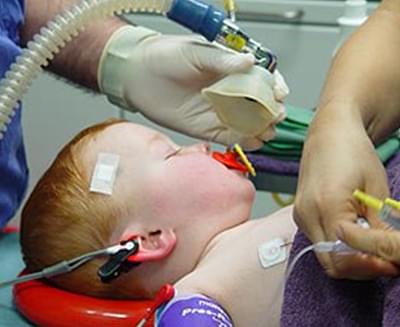
Anesthesia Method Selection and Application Process in Children
After evaluating the child’s age, psychological status, the size of the surgical intervention to be performed, and any previous medical conditions (illnesses, habits, allergic situations, etc.), the anesthetist and surgeon decide on the appropriate anesthesia method with the family’s approval.
Is it necessary to inform the child about anesthesia and surgery?
The child should be approached and informed using appropriate language regarding the illness and the surgical procedure. Reducing anxiety and fear in children is a responsibility not only for the doctors but also for families, particularly parents. Approaches from the past, such as "look, you will get an injection, doctor uncle will give you an injection," are still a common issue that doctors face today. Additionally, stories that families tell children before surgery, such as "doctor uncle will just take a picture," can have negative psychological effects. Therefore, the child must be properly informed and psychologically prepared to trust the family and doctor and to tolerate the pre- and post-surgery process.
What can your anesthetist do if you are unable to prepare your child well for the surgical stress?
Since your child will be separated from you and entering an unfamiliar environment (the operating room), they will inevitably feel fear and anxiety. They may become restless and cry. In children who have been well prepared for this process, it is tolerated in a short time. For children who have not been properly prepared, the anesthetist administers sedative medications (sedation) either orally or through the nose before the surgery. In our hospital, this practice is routinely applied to all children. The reason is to prevent the fear of separation from the parents.
Can I enter the operating room to overcome my child's fear of separation?
Due to the sterile nature of operating rooms, this practice is not yet applied anywhere in our country. In our hospital, since sedation is administered to children before surgery, they can easily tolerate this process. For families who insist, one parent is allowed to accompany the child to the operating room, but only with a nurse’s assistance.
Is there a difference between general anesthesia for children and adults?
Normally, general anesthesia is initiated by opening an intravenous line. However, since children often feel fear and anxiety, they usually do not allow an intravenous line to be opened. Therefore, anesthesia in children is usually started with the inhalation of anesthetic gases through a mask, the administration of fruit juice mixed with anesthetic substances, or injections of anesthetics into the muscles. Afterward, an intravenous line is opened and anesthetic drugs are administered according to the child's weight.

